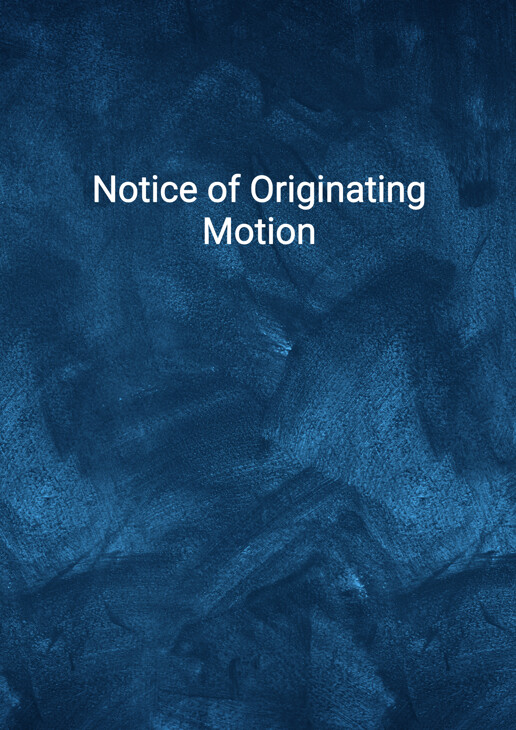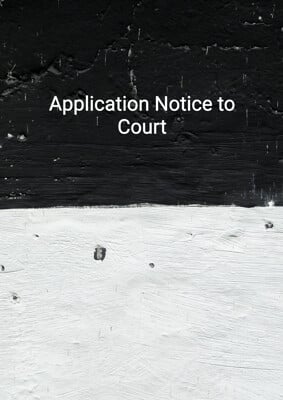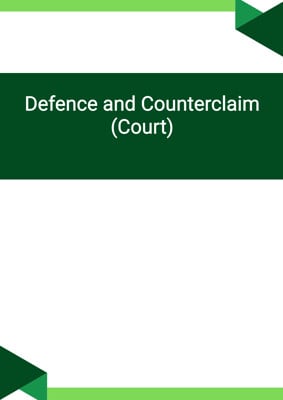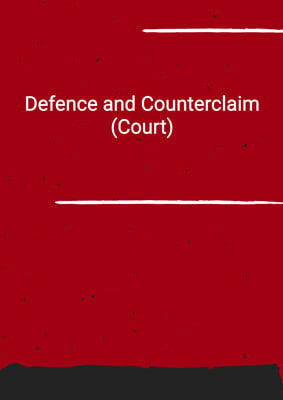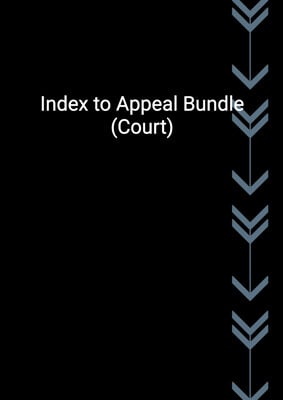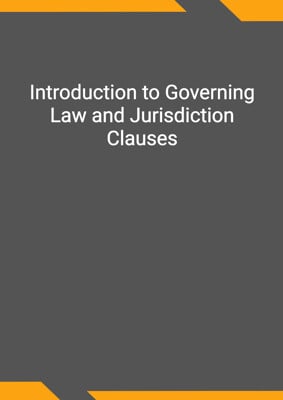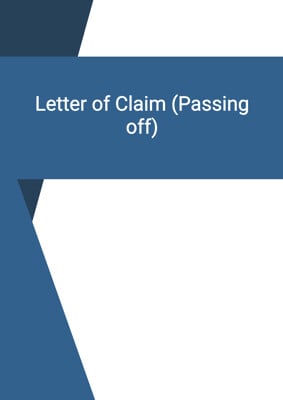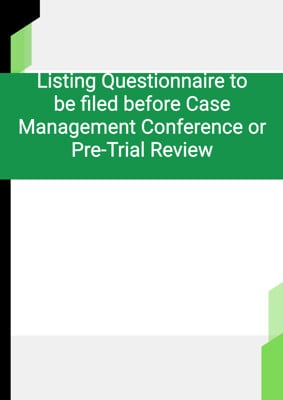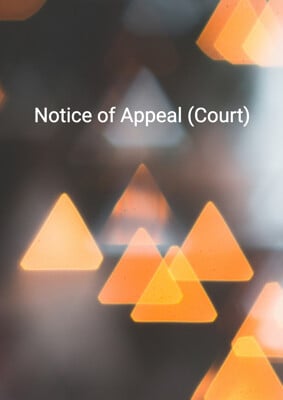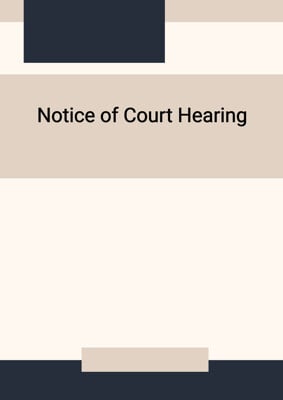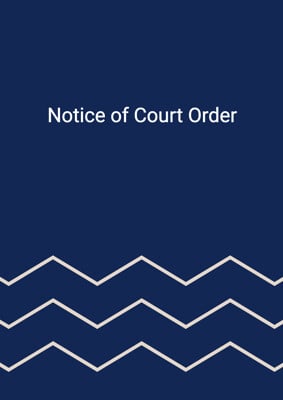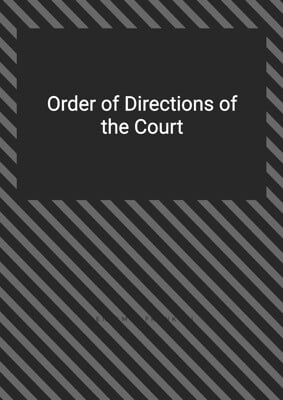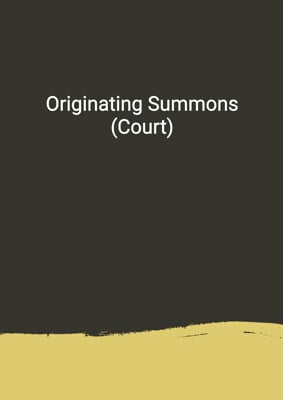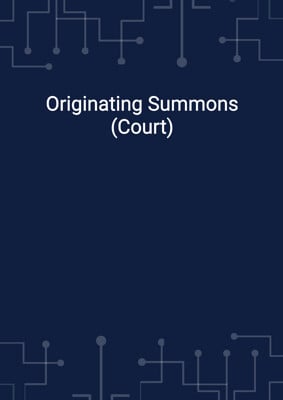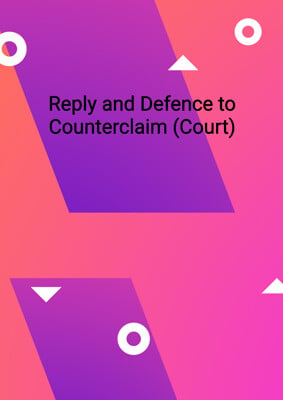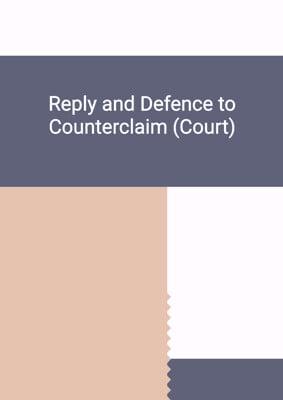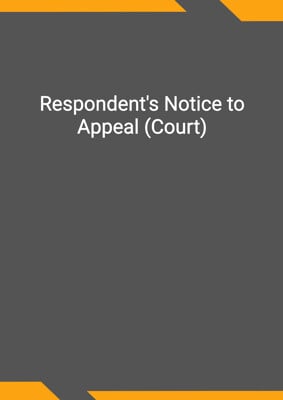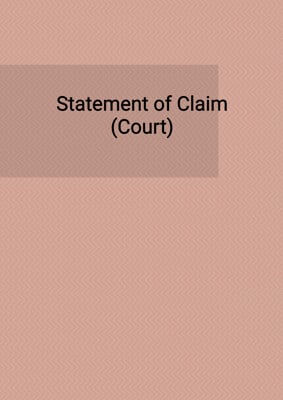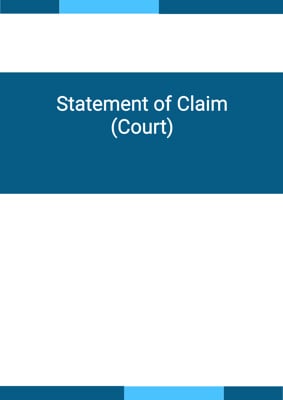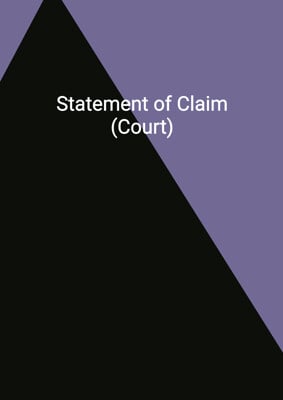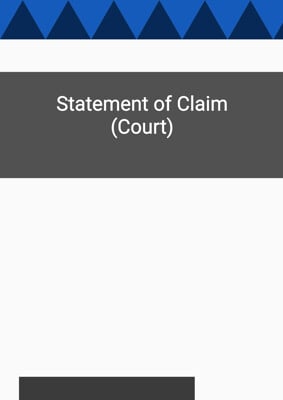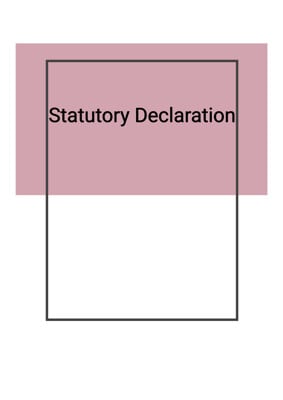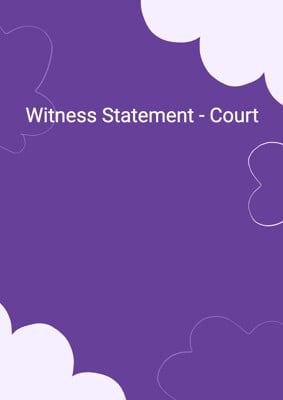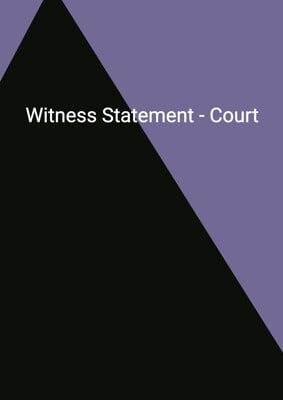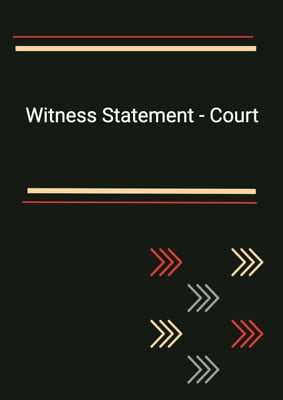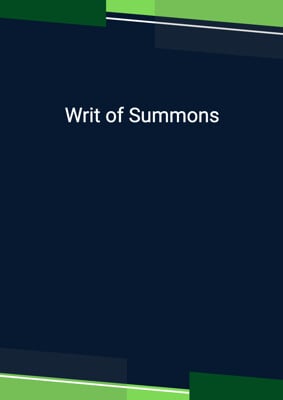How to Tailor the Document for Your Need?
01
Create Document
Fill in the details of the parties. You can click the "Fill with Member’s Information" button to complete it with information saved to your account.
02
Fill Information
Please fill in any additional information by following the step-by-step guide on the left hand side of the preview document and click the "Next" button.
03
Get Document
When you are done, click the "Get Document" button and you can download the document in Word or PDF format.
04
Review Document
The document should be signed by the authorised signatory (or directors of a company) and witnessed to complete the formality.
Document Preview
Document Description
The document titled 'Notice of Originating Motion' is an important legal document used in the court of jurisdiction state. It serves as a formal notice to the respondent that the court will be moved by the applicant for a specific order or relief. The document consists of several sections which provide detailed information about the case and the application.
The entire document starts with a title 'Notice of Originating Motion' which clearly indicates its purpose. It includes the current year and the court of jurisdiction state. The document also contains a unique identification number for reference.
The content of the document begins with the introduction of the parties involved in the case. It mentions the names of the applicant and the respondent, clearly identifying them. This ensures that both parties are aware of their roles in the legal proceedings.
The next section of the document is the 'Originating Motion' section. It states that the court will be moved by the applicant, represented by their counsel, for a specific order or relief. The exact nature of the order or relief is not mentioned in the provided content, but it should be clearly specified in the actual document. This section also mentions the time frame within which the court will be moved, either at the expiration of a certain number of days from the service of the notice or as soon as counsel can be heard.
The document also includes a provision for the payment of costs associated with the application. It states that the costs may be paid by the applicant, indicating that the applicant is responsible for covering the expenses related to the legal proceedings.
If there are any grounds for the application, they are mentioned in a conditional statement within the document. The provided content does not specify any grounds, but in the actual document, the grounds should be clearly stated to support the application.
The document concludes with the current date and the signature of the applicant. It also mentions the address for service, which is the contact address of the applicant where all the relevant documents and notices should be sent.
In summary, the 'Notice of Originating Motion' is a crucial document that initiates legal proceedings in the court of jurisdiction state. It clearly identifies the parties involved, states the purpose of the application, and provides necessary details for the court to consider the request for an order or relief.
How to use this document?
1. Prepare the document: Start by filling in the current year and the court of jurisdiction state at the designated places in the document.
2. Identify the parties: Clearly mention the names of the applicant and the respondent in the respective sections of the document. Make sure to accurately identify both parties to avoid any confusion.
3. Specify the order or relief sought: Clearly state the specific order or relief that the applicant is seeking from the court. This should be mentioned in the 'Originating Motion' section of the document.
4. Determine the time frame: Calculate the number of days from the service of the notice or the earliest possible date when counsel can be heard. Mention this time frame in the document to inform the court about when the motion will be moved.
5. Consider the payment of costs: Decide whether the costs of the application will be paid by the applicant or the respondent. Make sure to clearly state this in the document.
6. Include grounds (if applicable): If there are any grounds for the application, clearly state them in a separate section. These grounds should support the request for the order or relief.
7. Sign and date the document: Sign the document with the current date to indicate its authenticity. Make sure to include the address for service, which is the contact address of the applicant.
Note: This guidance provides a general overview of how to use the document. It is important to consult with legal professionals and follow the specific requirements of the court of jurisdiction state for accurate and complete preparation of the 'Notice of Originating Motion' document.
Not the right document?
Don’t worry, we have thousands of documents for you to choose from:
